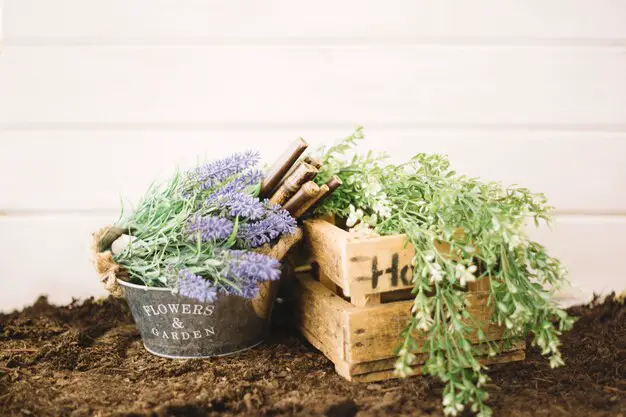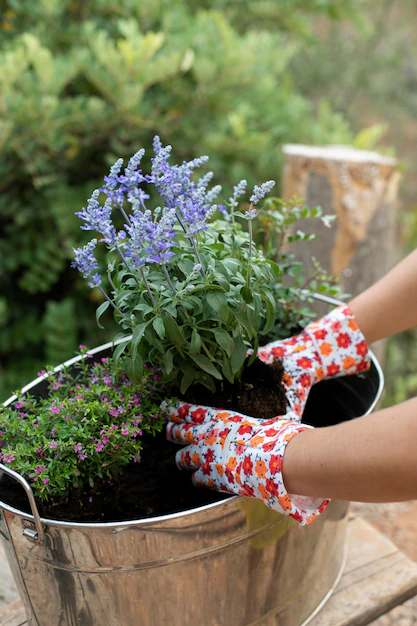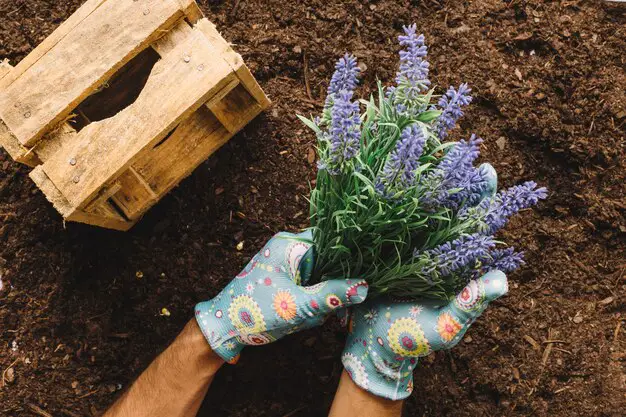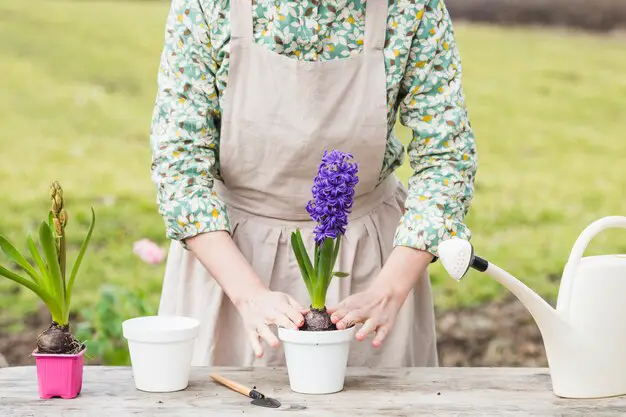Salvias, also known as sage, are a diverse and enchanting genus of flowering plants that encompass a wide array of species, each with its unique characteristics and uses. These colorful and versatile plants are a favorite among gardeners for their striking blooms, attractive foliage, and ease of cultivation. Whether you’re a seasoned gardener or just starting, here is a comprehensive guide on how to grow salvias and enhance your garden with their beauty.


Table of Contents
Growing Salvias: A Guide to Cultivating Vibrant Garden Beauties

Understanding Salvias
Salvias belong to the mint family (Lamiaceae) and are native to various regions around the world, including Central and South America, Asia, and the Mediterranean. With over 900 species and numerous hybrids, salvias offer an assortment of colors, sizes, and growth habits. Some popular varieties include Salvia officinalis (culinary sage), Salvia nemorosa (perennial garden sage), Salvia splendens (scarlet sage), and Salvia elegans (pineapple sage).
Choosing the Right Location
Selecting an appropriate location is crucial for the successful growth of salvias. These plants generally thrive in full sun, although some varieties can tolerate partial shade. Ensure the chosen area has well-draining soil to prevent waterlogging, as salvias prefer slightly dry conditions.
Planting Salvias
Timing:
Plant salvias in the spring after the last frost date for your region. This timing provides them with a favorable environment to establish healthy roots before the hotter months.
Steps for Planting:
- Soil Preparation: Prepare the soil by loosening it to a depth of around 12 inches. Incorporate organic matter like compost to improve drainage and soil fertility.
- Spacing: Follow the spacing recommendations on the plant tag or label. Generally, spacing salvias around 12 to 24 inches apart is ideal, depending on the variety’s growth habit.
- Planting Depth: Dig a hole slightly larger than the plant’s root ball and place the salvia at the same depth as it was in its container. Backfill the hole and gently pat the soil around the base of the plant.
- Watering: Water thoroughly after planting to help the roots settle and eliminate any air pockets in the soil.
Caring for Salvias
Watering:
- Establishment: During the first few weeks after planting, maintain slightly moist soil around the salvias. Once established, these plants are generally drought-tolerant and prefer infrequent but deep watering rather than frequent shallow watering.
- Avoid Overwatering: Salvias are susceptible to root rot if left in soggy conditions for extended periods, so it’s crucial to avoid overwatering.
Fertilization:
- Apply a balanced fertilizer sparingly in the spring to promote healthy growth. Follow the instructions on the fertilizer packaging for the correct application.
Pruning:
- Regular deadheading (removing spent blooms) encourages continuous flowering. Additionally, prune salvias in early spring to remove dead or damaged growth and shape the plant.
Mulching:
- Applying a layer of mulch around the base of the plants helps retain moisture, suppress weeds, and maintain a more consistent soil temperature.
Winter Care (in colder climates):
- In regions with frost or freezing temperatures, mulch around the base of salvias to protect them from extreme cold.
Common Varieties and Uses
- Salvia officinalis (Common Sage): Known for its culinary uses, this variety is a must-have in herb gardens and is popularly used in cooking.
- Salvia nemorosa (Perennial Garden Sage): Loved for its showy spikes of purple, blue, or white flowers, this perennial variety is excellent for borders and attracts pollinators.
- Salvia splendens (Scarlet Sage): With vibrant red flowers, this annual species adds a pop of color to beds, containers, or hanging baskets.
Conclusion
Salvias are incredibly versatile, adding beauty, fragrance, and often attracting pollinators to your garden. By understanding their needs for sunlight, well-draining soil, and proper care, you can grow these plants successfully and enjoy their stunning blooms throughout the growing season. Whether you’re looking for culinary herbs, ornamental flowers, or pollinator-friendly plants, salvias are an excellent choice for any garden.
Remember, while salvias are relatively low-maintenance, observing and catering to their specific needs will ensure they flourish and bring joy to your garden for years to come.


